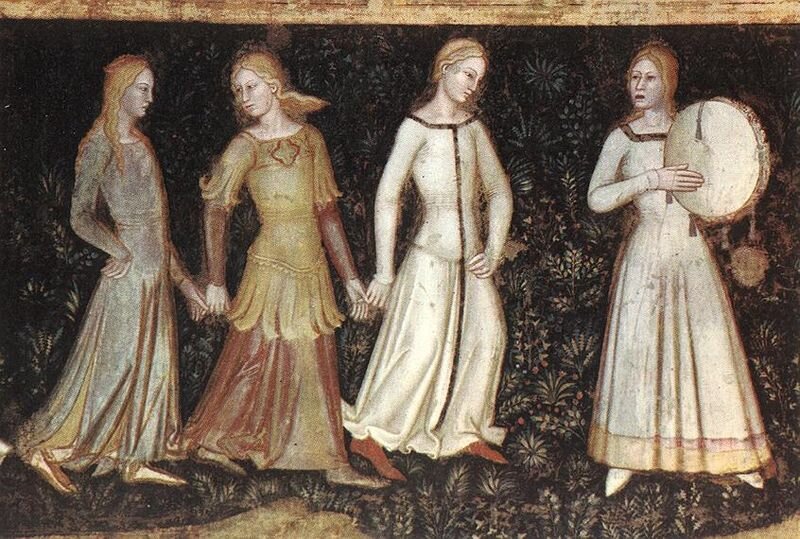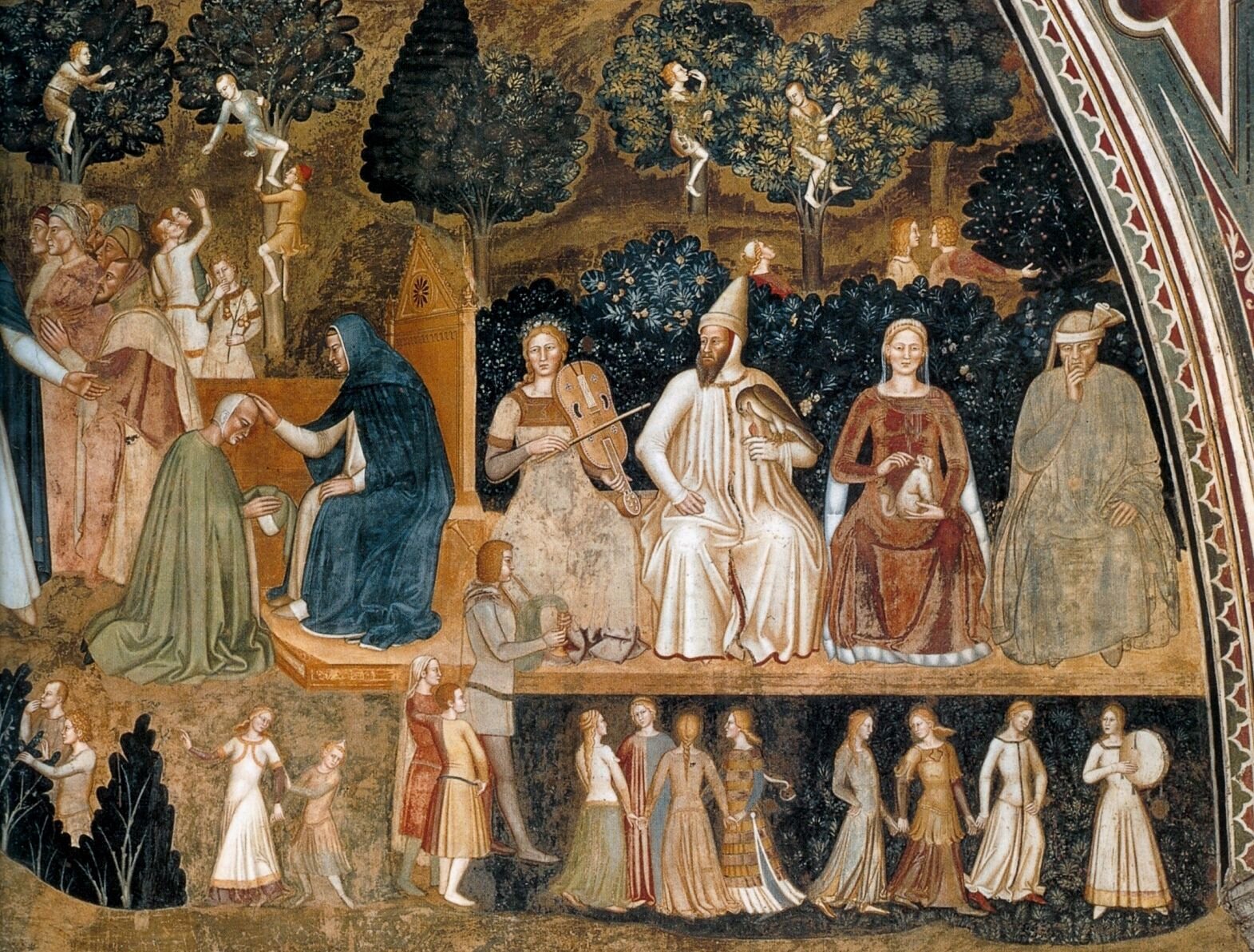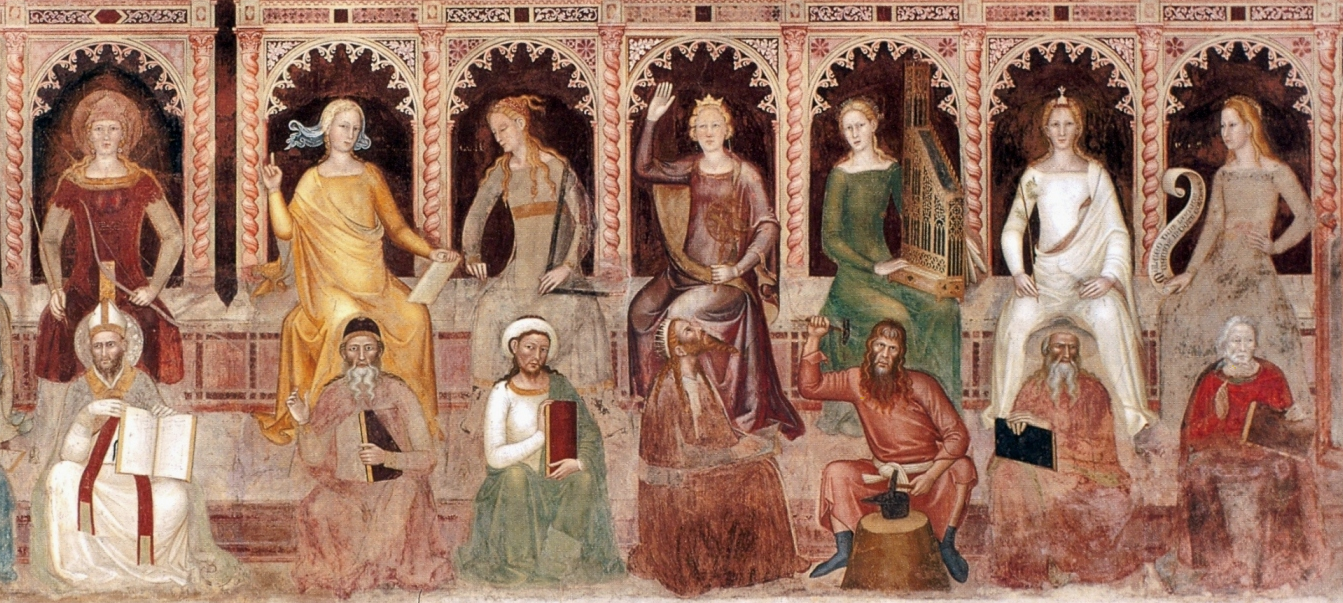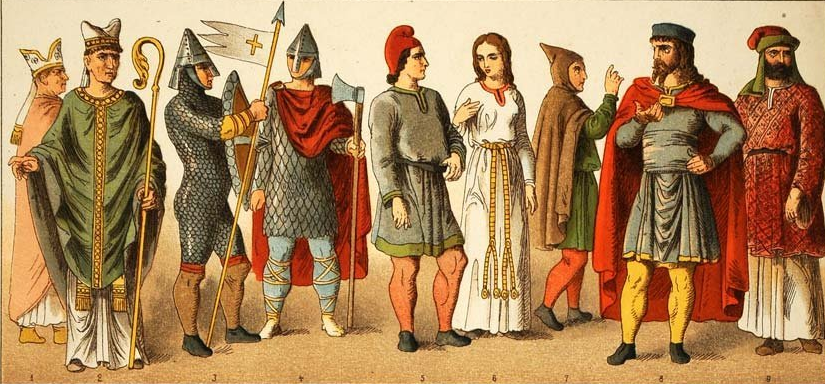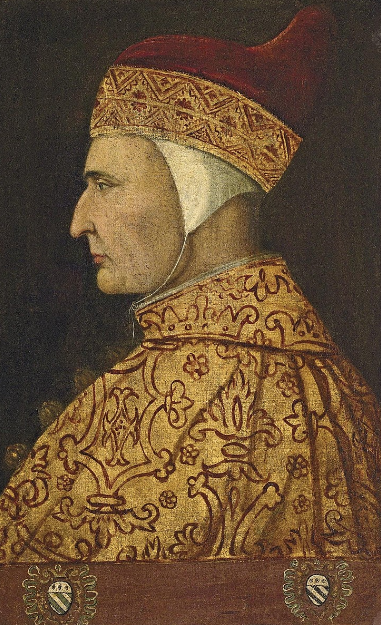WHAT PEOPLE WORE
in the late 14c Century.
We have no photographs, no closets full of old clothes left over from the late middle ages. We do have the art that remains from that time. In Venice in the 1360s the artists were still constrained by Byzantine formalism contrived to project a timeless, changeless, hieratic immortality. Fortunately in nearby Padua, Giotto di Bondone and his circle, including Altichiero da Zevio, were painting in a far more naturalist manner. Anachronisms didn’t bother them. When they painted Jerusalem at the dawn of the Christian era or Siena a century earlier, or portraits of their contemporaries, it all looked like the world around them. They used the faces and the apparel they knew best without regard to time or place. As a result, they left us a reasonably accurate graphic record of the time they lived in.
The School of Giotto, Padua. Early to late 14th century.

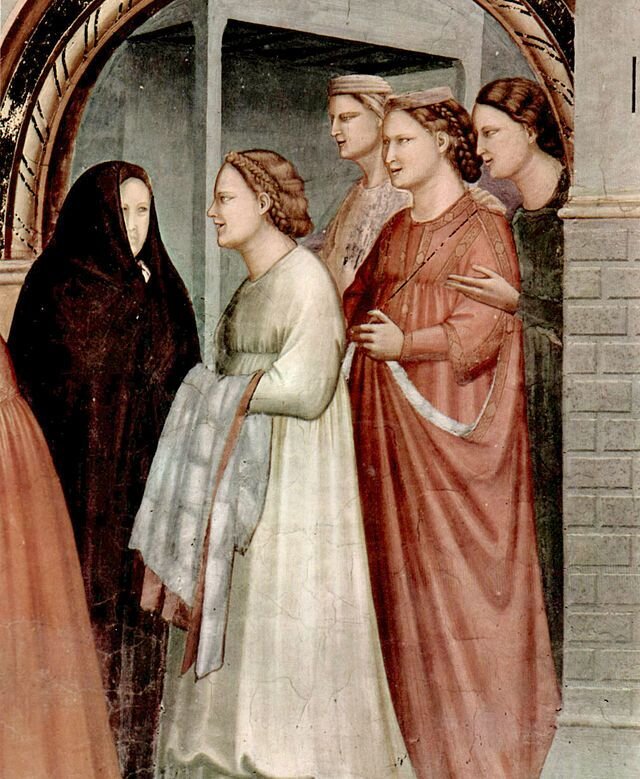
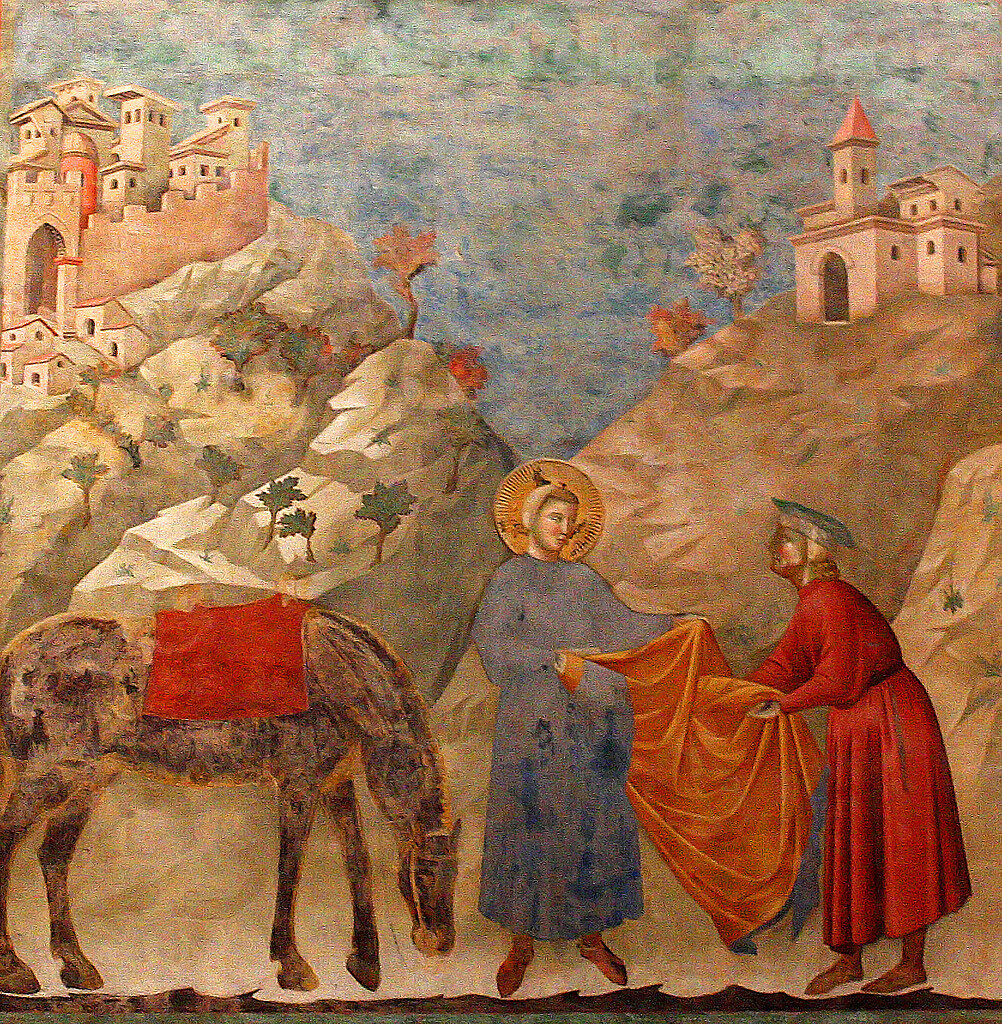
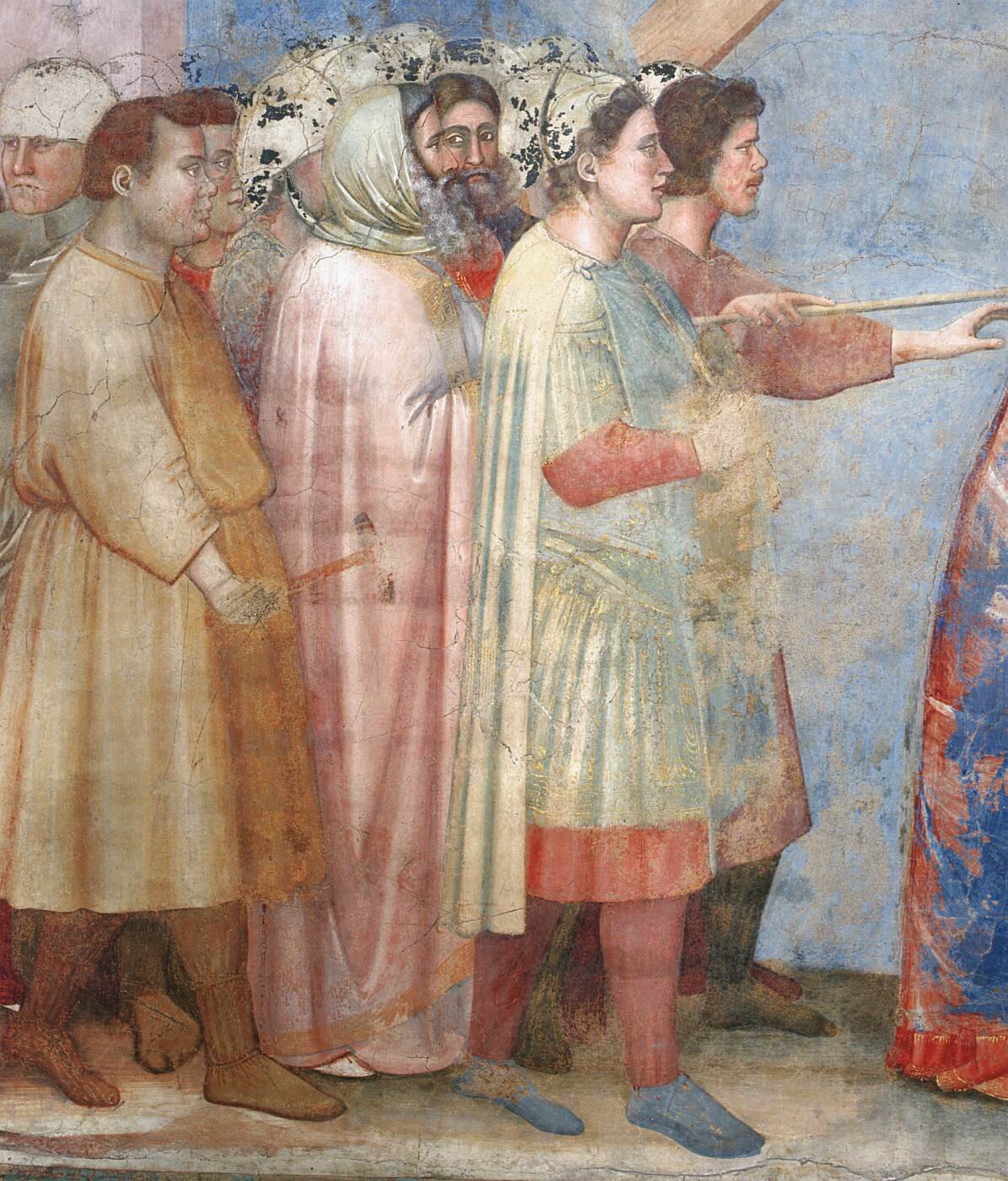


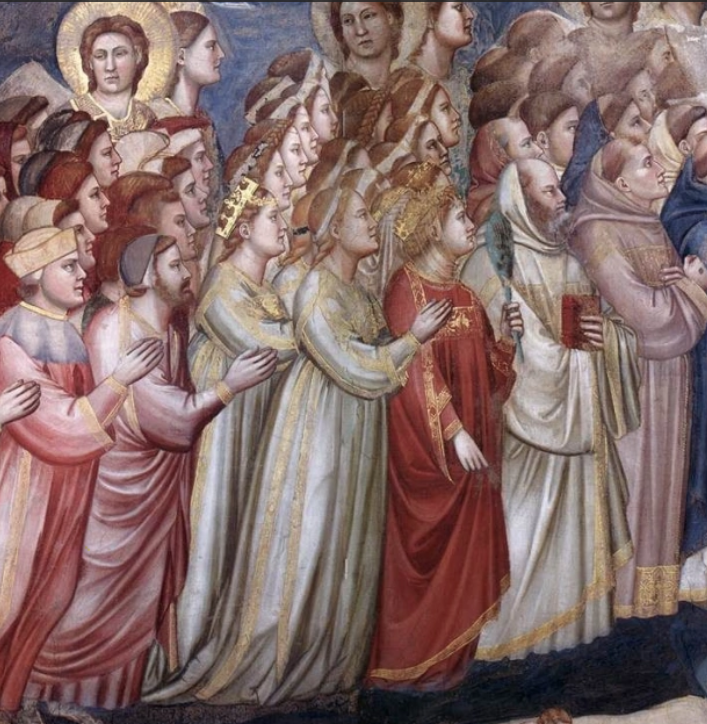
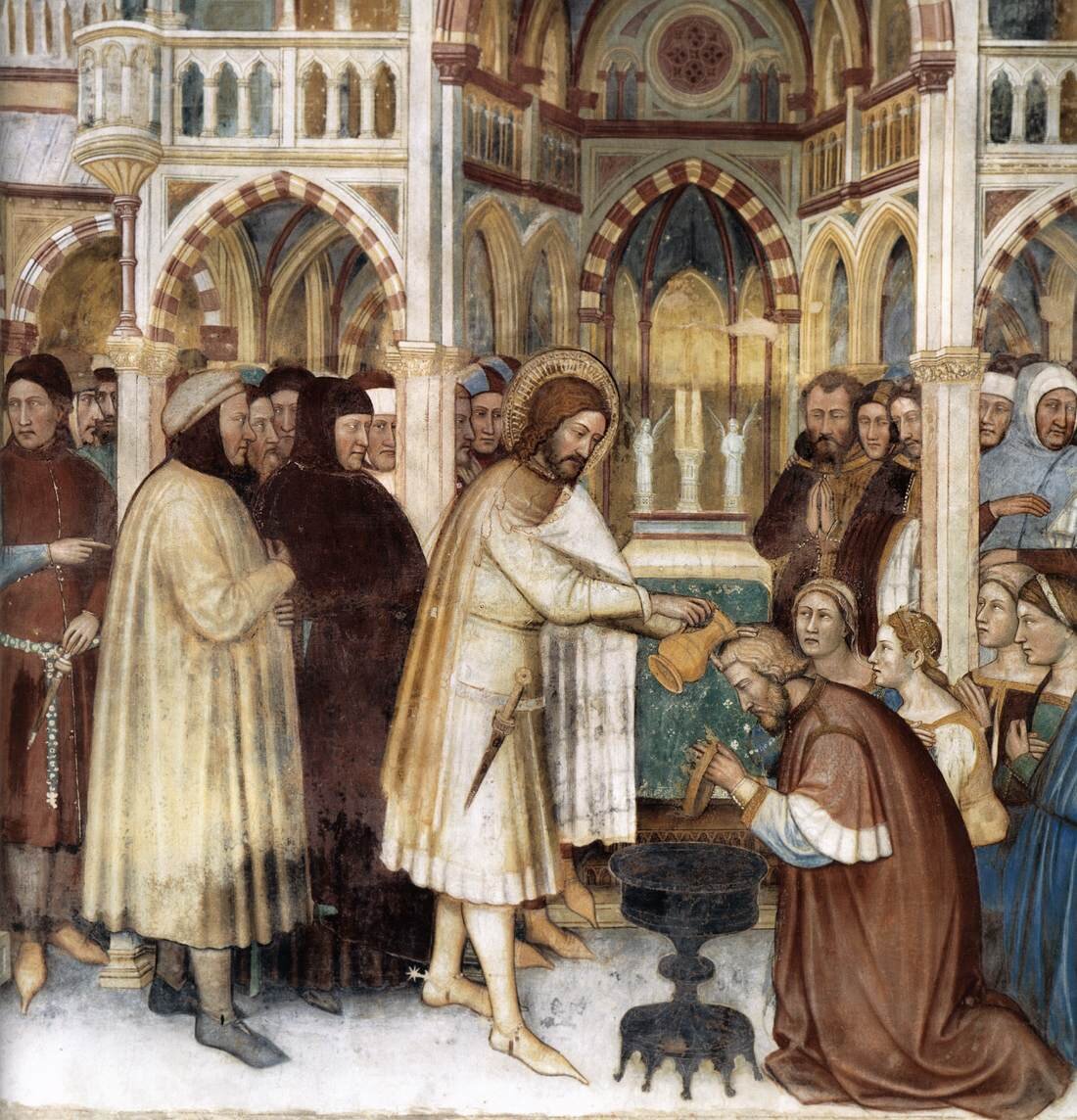
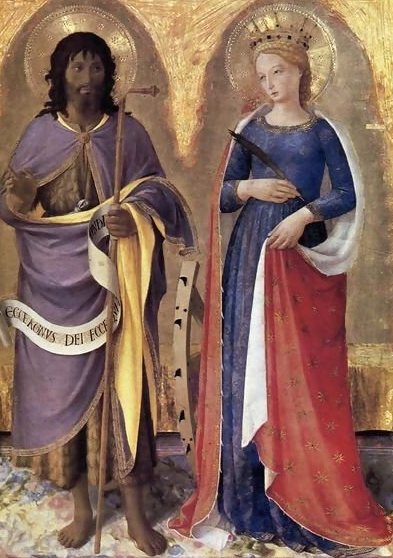
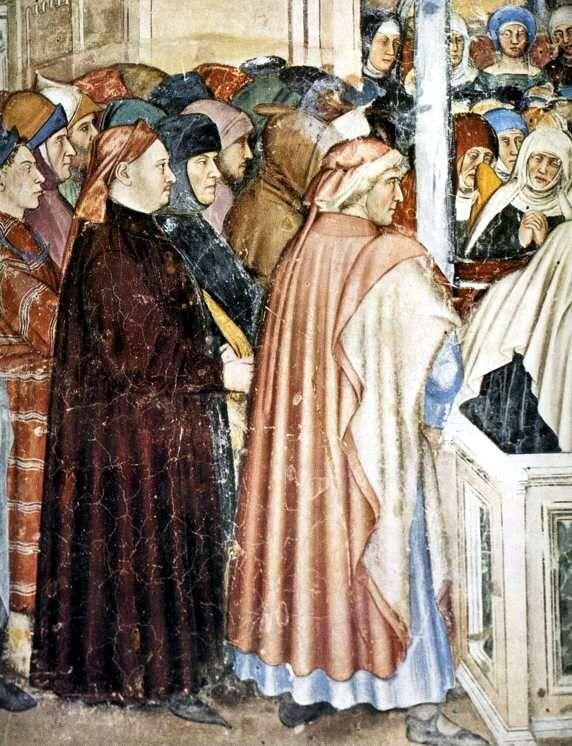

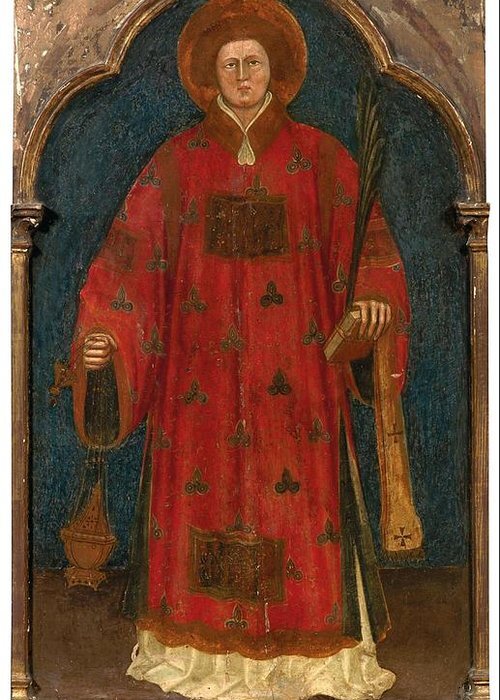
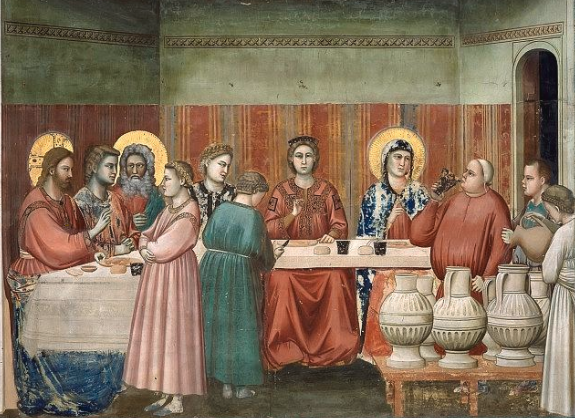


The Doge’s golden robe.
Cloth of gold was a fabulously expensive Byzantine specialty. Gold was beaten to a very fine foil that was wrapped around silk threads to be loomed into brocades. Miles of the finest, strongest silk thread and beaten gold went into each one of these robes.

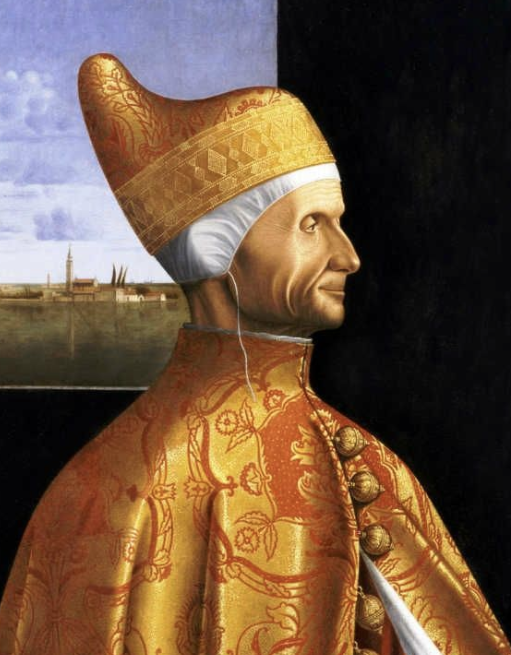
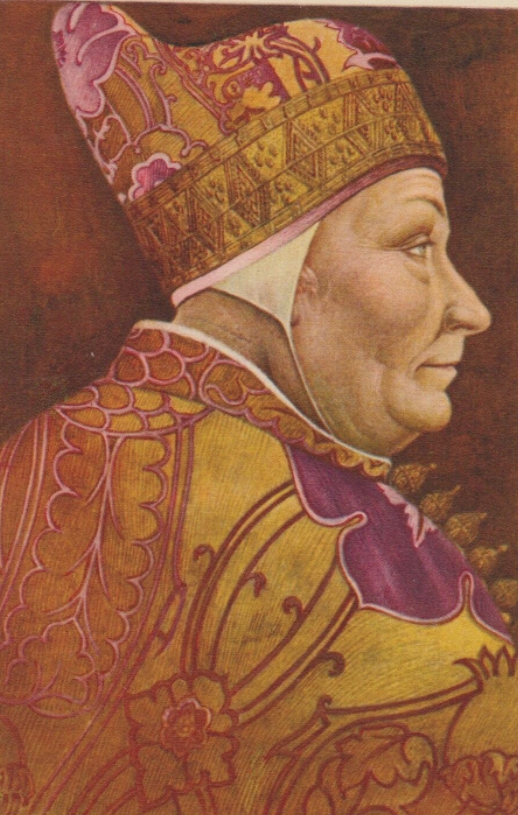
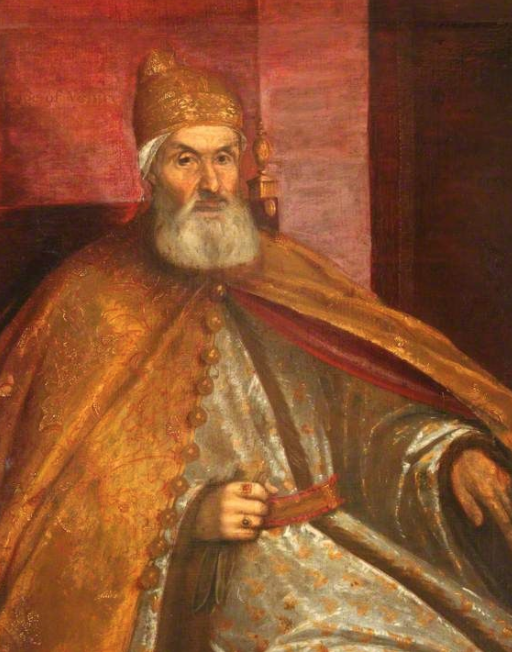
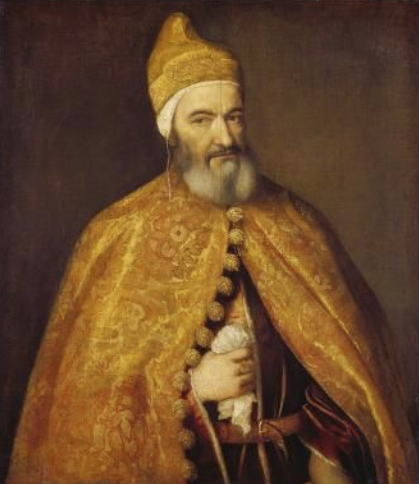
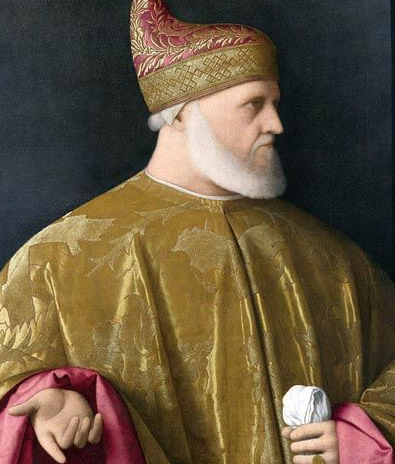
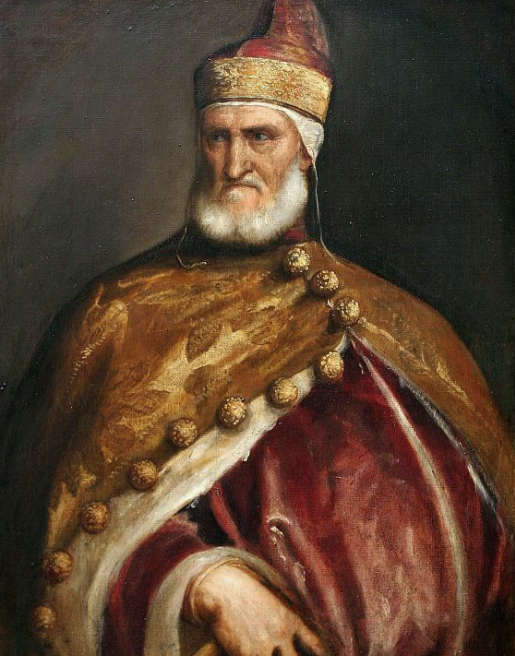
Senators
The robes of Venetian Senators were red brocades or velvets, with a stole over one shoulder, its color dependent on the symbolic character of the event. These images cover several centuries and manage to look much the same.
Piero della Francesca’s “Flagellation of Christ” (detail above) features in the foreground three smartly dressed young men, the one on the right in a sensational gold brocade.
Detail from a fresco by Simone Martini,
ca. 1350.
Chopines
The extreme platform shoes worn by Venetian noblewomen
Italian, 1380s
15th c. illuminated manuscript
Massaccio, 1425.
